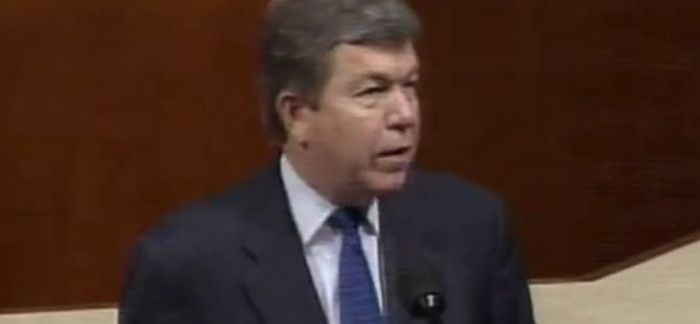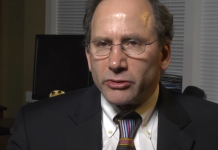The Fairness Doctrine was a policy of the United States Federal Communications Commission that was initially instituted in 1949. When it was an active policy, it had two basic elements to it. It required those who held a broadcast license to develop content in the good of the public interest for local controversial matters. The content then had to air contrasting views regarding that content so that people could make their own opinions about it. The Fairness Doctrine was officially ended in 2011, but there are still many who would like to see the policy put back into place. Here are the pros and cons of restarting the Fairness Doctrine.
What Are the Pros of the Fairness Doctrine?
It allows for people to make an informed decision. The fact is that the general public gets most of their information from media sources. If a fair and equal balance of contrasting views is not aired, then the average person is going to believe what they are being told is the absolute truth and that’s what they should believe.
It creates more participation within the local governing process. When people are more informed about both sides of an issue, they are more likely to take action to support the opinion that they’ve been able to form. This could create higher voter turnout rates, especially in the mid-cycle elections, where less than a majority of the general public tends to vote.
It forms a bridge towards compromise. Especially in politics, polarization is at some of the highest rates around the world today. By airing both sides of the subject in equal fashion, people are more likely to compromise on an issue because they can see the faces and perspectives of other people in a first-hand way.
What Are the Cons of the Fairness Doctrine?
It essentially limits a broadcaster’s free speech. By forcing broadcasters to air opinions or thoughts that are against their intrinsic belief system, the policy of the FCC essentially violated their First Amendment rights. People have the right to their opinion, no matter how biased it may be, and they have the ability to share.
It’s still really only presents one side of the issue. Just because broadcasters have to put both sides of an issue up for debate doesn’t mean that they don’t get to still control both sides of the debate. A broadcaster could fulfill the obligations of the Fairness Doctrine by choosing someone to represent an opposing view who doesn’t relate well to the community.
It creates a system of government control. One of the key beliefs in the American broadcasting system is that the government should not have the ability to influence the content that is being published or aired. The Fairness Doctrine does just that. It forces broadcasters to present information has a requirement for being in business.
There are some advantages to requiring a fair and balanced perspective, but there are some disadvantages to this requirement as well. By weighing the pros and cons together, everyone can come to a decision that supports their personal belief system




